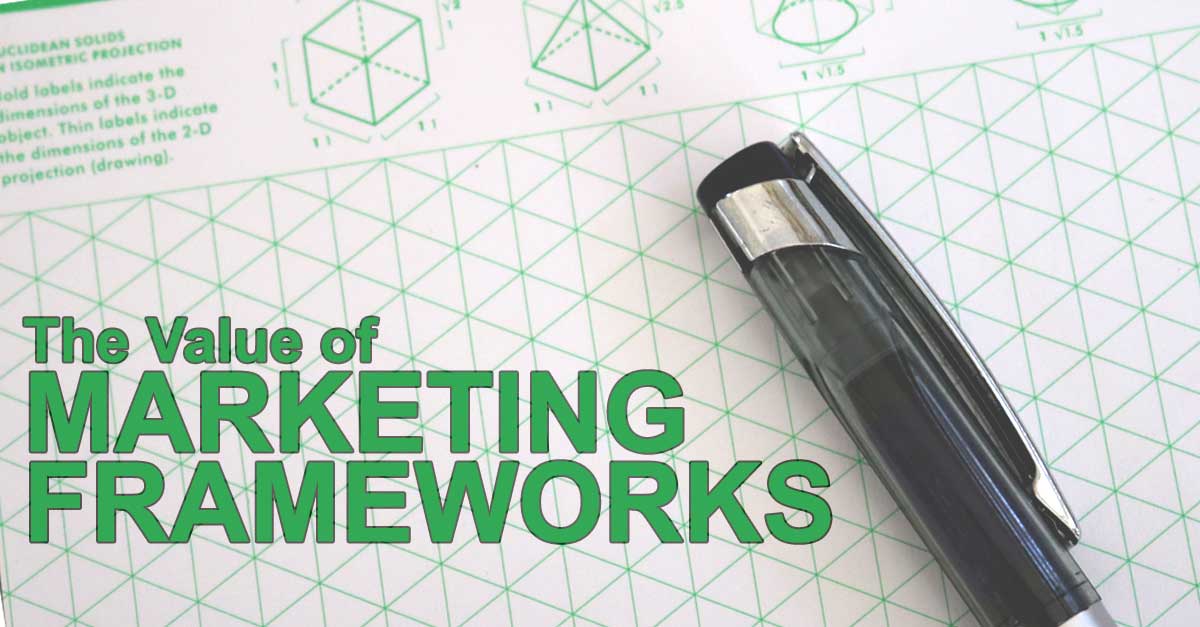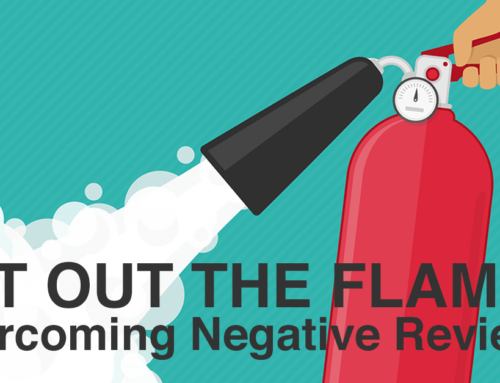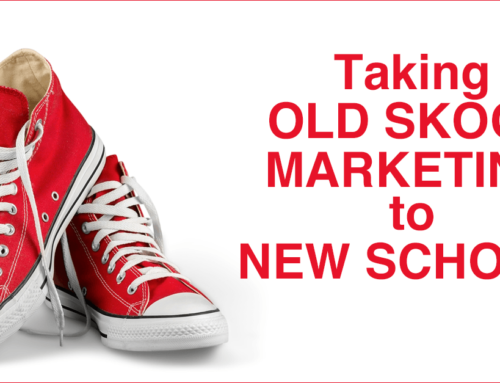For the past year, we’ve collated years of lessons learned from technology and marketing into a reusable framework we call Octagon of BOOM. Recently, a client described it as “a comprehensive process”, which is funny because it took a few hours to build out their model. Our experience demonstrates the overwhelming value of marketing frameworks: time saving, value creation, and repeatable process.
History Lessons from Programming Frameworks
Confession: I’ve been a software developer for 30 years, Over those 3 decades, I’ve seen so many technology trends rise and fade. My marketing career began with a software company that made a computer programming language and development environment (including a built-in database) called DataFlex. I used to see complete applications written by the customers, some with spaghetti code others with phenomenally efficient code. Over the years, there were a couple of frameworks that emerged in the development community, and the adopters of those frameworks swore by the reliability and speed of their products. They were reliable because the core methods had been tested, debugged and improved for years. They were fast to implement because there were templates to follow (note, software applications tend to use repetitive algorithms). And most interestingly, you could leverage the community, including hiring developers who understood the framework.
A couple of years ago, we found a framework called Laravel for PHP that we love. It’s well-structured, has a big community, continues to improve and supports today’s business requirements (specifically creating Application Programming Interfaces (APIs)). Laravel is a solid framework, for example, to build systems that can be used with desktop AND mobile interfaces. Laravel reminded us of those same traits demonstrated by DataFlex: speed to market, reliability, community.
We see the same thing with user interfaces (UI) and user experience (UX) patterns. It’s easier to build a product that users understand if you follow conventions, like when navigation is intuitive, buttons are easy to click, fields are labeled, etc. Conversely, users struggle with new interfaces (remember when hamburger icons first appeared?). With a framework, it’s faster to build, easier to use and good ones end up with a strong community.
Applying Lessons to Marketing
Twisted Puppy firmly believes that marketing should be a consistent process. For whatever reason, the first budget cut when times are lean is marketing. We continue to believe you should Always. Be. Marketing. And we have even taken that a step further for sales, and say Always. Be. Converting.
What we’ve witnessed lately is companies who ARE marketing, but they’re focused on tactics rather than a cohesive strategy. “We want to run ads on Facebook”, “Should we be blogging more?” and “I heard video is the way to go now, right?” are questions about tactics. Each tactic may have a place within your marketing strategy, but if you’re just throwing Jell-o against the wall to see what sticks, you’re probably wasting valuable resources.
Your marketing strategy should be “a comprehensive process”, with goals and metrics. Tactics drive toward achieving goals, and each tactic should be measured accordingly. Enter the Marketing Framework.
As mentioned previously, we call our marketing framework Octagon of BOOM, and if you want to learn more about it, we have a free e-course. It takes a few minutes each day for a week, and you can easily adapt it to whatever you’re marketing.
We called it Octagon of BOOM because there are the 8 sides:
1. Personas
Pour the foundation with to target your ideal customers.
2. Offers
Develop tools to gradually engage prospects with your products and services.
3. Voice
Create an authentic brand character using your unique voice and viewpoint.
4. Message
Pull personas and voice together to write better copy that attracts more business.
5. Tactics
Pick which techniques are most likely to reach your ideal customers based on where you are today.
6. Channels
Determine which marketing channels will be effective for you (e.g., search, ads).
7. Sales Funnels
Once you find traffic, you have to create distinct flows within your website.
8. Metrics
How do you know if everything is working? Measure.
The Uber-Framework: Experiment
A marketing framework can lead to mistakes, so you must commit to measuring and adapting. Do more of what works and less of what doesn’t. Try new things regulalry. Big gains can come from both small and major adjustments. Changes can also create declines, so you must be watching. We see “set it and forget it” as the biggest problem of many online marketing strategies. You get busy, and six months later, growth is flat or in decline. Why? You don’t remember what you changed. Your web developer can’t recall what happened either.
In Nassim Taleb’s book Antifragile, he argues that we should all concentrate on being agile and adaptive to change. As Taleb wrote previously, we’re having more “black swans”. His explanation of randomness underscores the critical nature of tracking events so we’re not blindsided. It could be something good (e.g., the ad campaign brought a thousand new leads!) or bad (e.g., the new landing pages suck and bounce rate is nearly 100%). Don’t be a digital dinosaur – be more antifragile by monitoring regularly.
The Value of Marketing Frameworks
We learned so many lessons over the years with marketing technology. We learned how important frameworks were for quality and efficiency on the technical side, and we learned about design aesthetics, copywriting, audience and platforms from the marketing side. When you marry them, great things can happen. The value of marketing frameworks is to save time, create more value, and enjoy a repeatable process. We advocate building a process, experimenting with it, and tuning it based on feedback.
If you’re always marketing, you’ll always be learning. And if you’re learning, you’re antifragile.





![Video Engagement [Infographic]](https://twistedpuppy.com/wp-content/uploads/2017/08/twisted-puppy-blog-video-engagement-1-500x383.png)


Leave A Comment